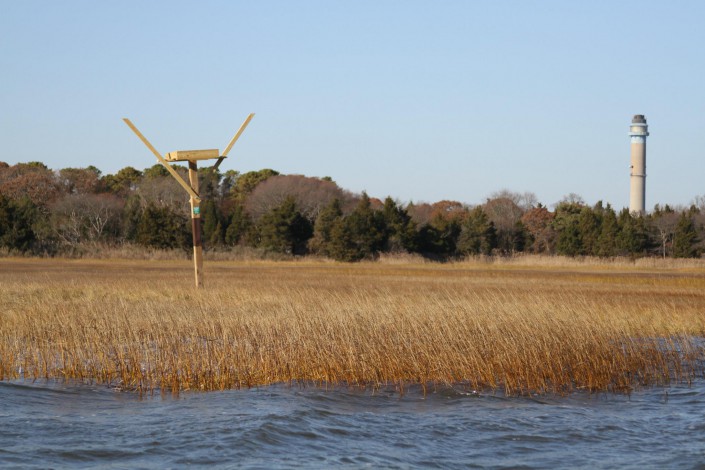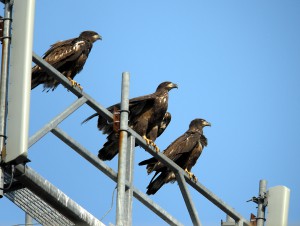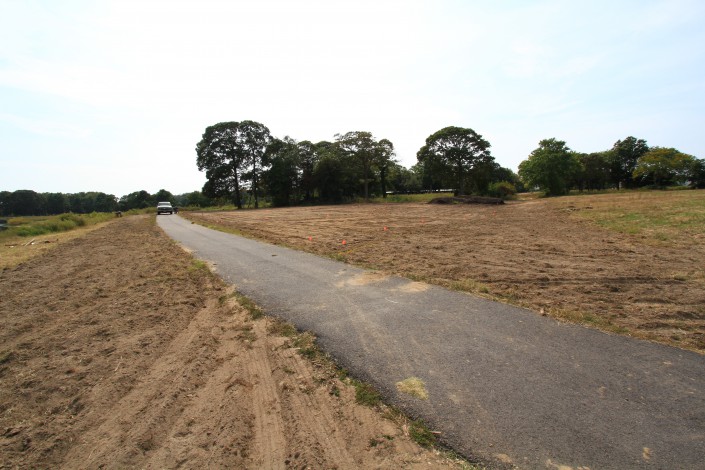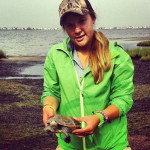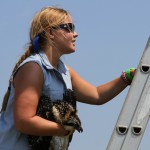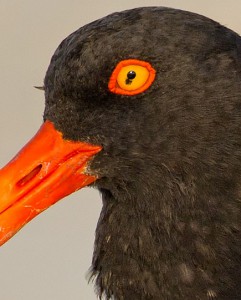Photos From the Field
Oystercatcher Technician shows diversity of tasks in wildlife conservation
By Alfred Breed, CWF Technician
My official job title with Conserve Wildlife Foundation of New Jersey is “American Oystercatcher Technician”. As such I am tasked during nesting season with monitoring Oystercatcher nesting sites, and during migratory season with locating flocks of Oystercatchers, counting them, resighting marked birds in each flock, recording data of field survey results and reporting our NJ counts and resights to a central database that holds data from the other reporting states in the migratory flyway.
As is usually the case in any job that has a “description”, the phrase “and other such tasks as assigned” is included as a catch-all for things that aren’t specifically listed in the description, but can be an important part of the duties of the position nonetheless. In my case these ancillary tasks are different each day, and often involve three of my favorite things: wildlife (of course!), science, and gear. Working around my Oystercatcher surveys, which can only be conducted at high tide, I might be tasked to go to a location anywhere in the state and survey for a particular species of plant or animal; or to site select, construct, install, use, maintain, and troubleshoot various types of data collection or other equipment throughout South Jersey.
Trucks, trailers, boats and kayaks are the big-ticket items that I use every day, but I’m lucky enough to use a large variety of other cool tools and equipment as well. Driving is often a big part of my day, with travel times between sites eating up significant portions of the workday. Sometimes I’m a wildlife EMT or ambulance driver, saving sick or injured animals from their immediate predicament and/or transporting them to various certified rehabilitation facilities located throughout the state.
Best of all is when I’m asked to assist visiting scientists or other conservation partners in their work, which can mean bio-sampling or banding. Direct human/wildlife interaction is only appropriate when it is for valid scientific or conservation management purposes, and is sanctioned and a permit issued by the appropriate governing body. To be a staff member and so to be included in these sanctioned and permitted activities is a rare privilege indeed.
Each day is different, always interesting, occasionally exciting, and always personally rewarding as I play a small part in the management of threatened and endangered wildlife and the habitat that we share.

